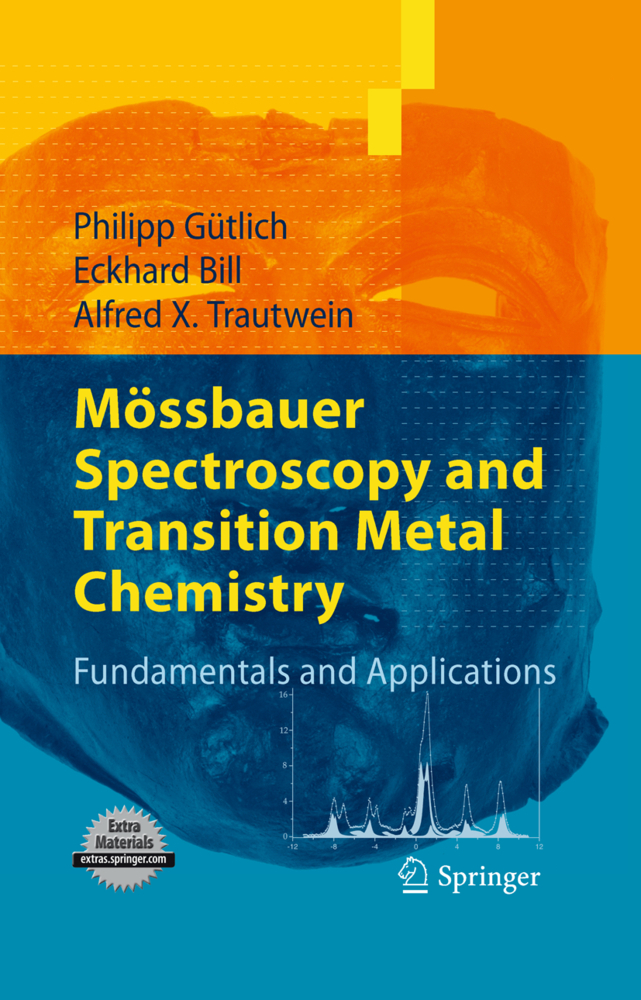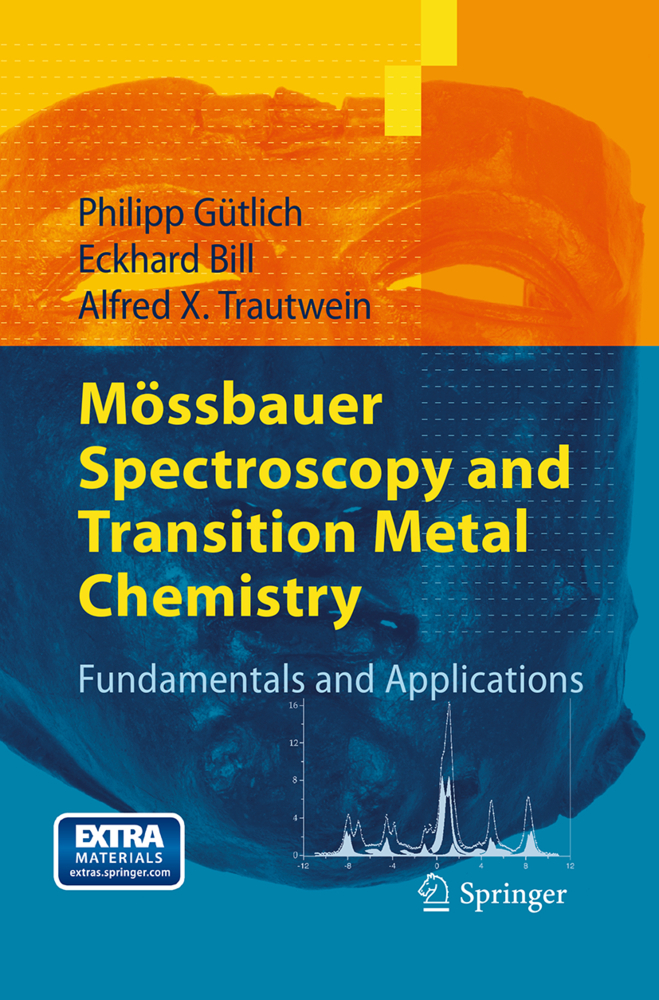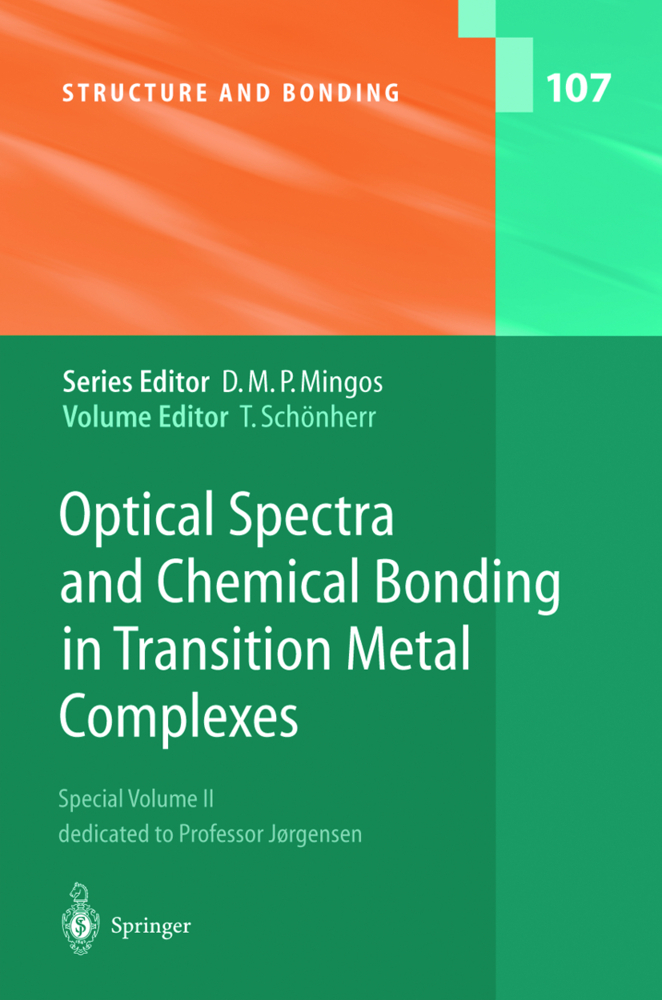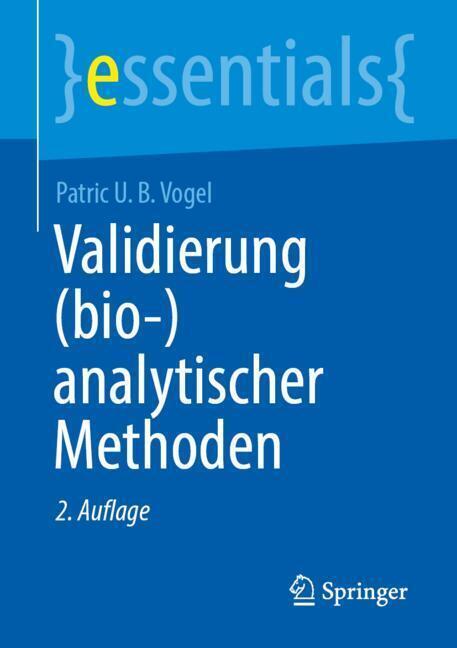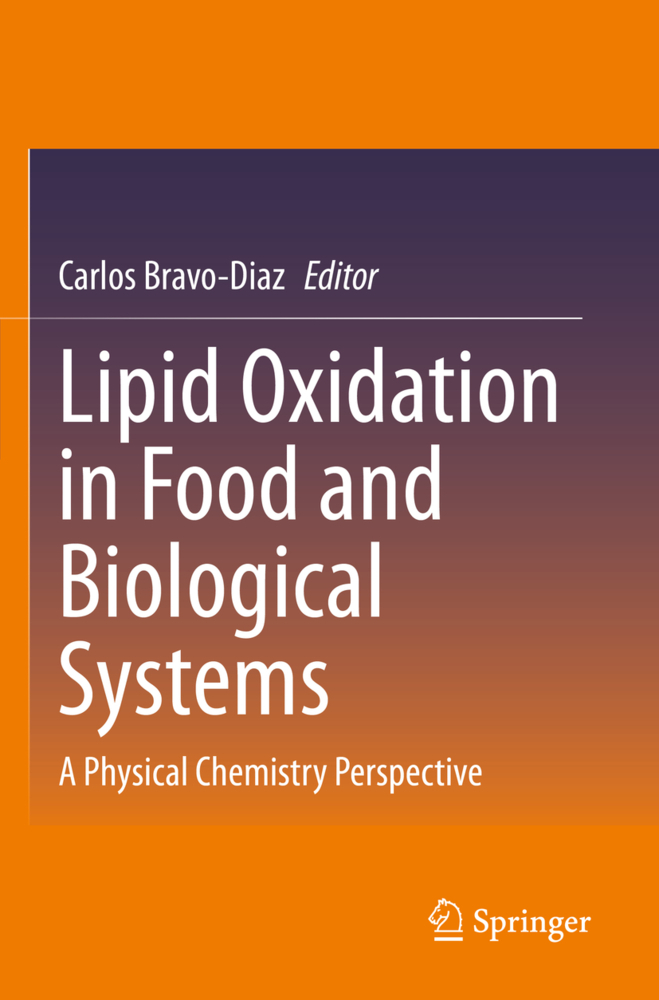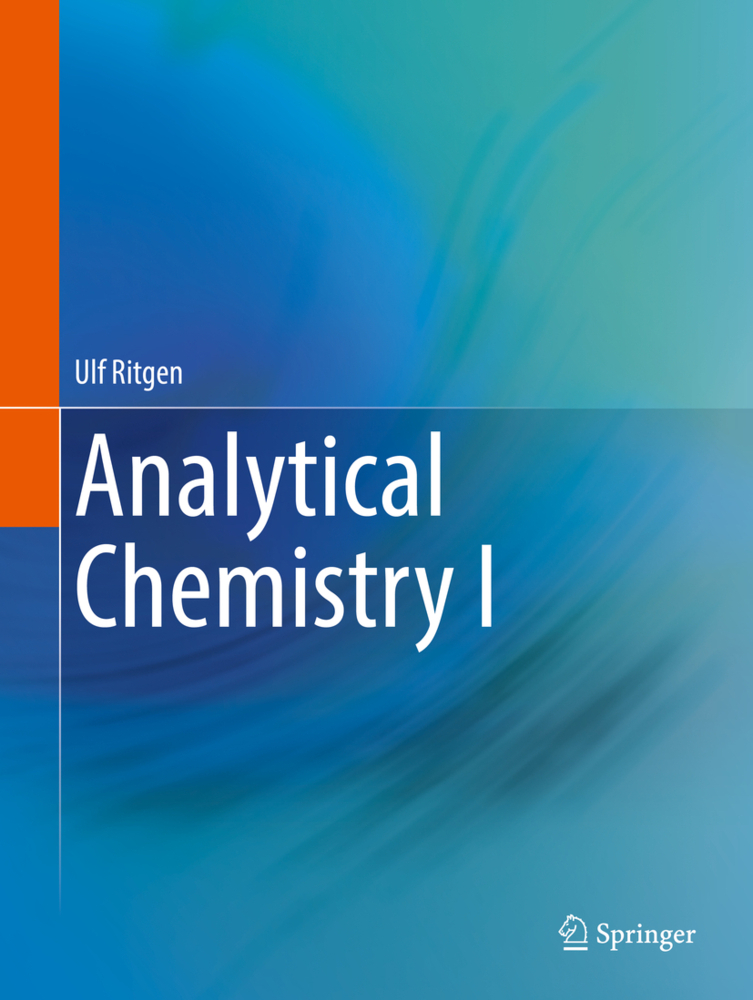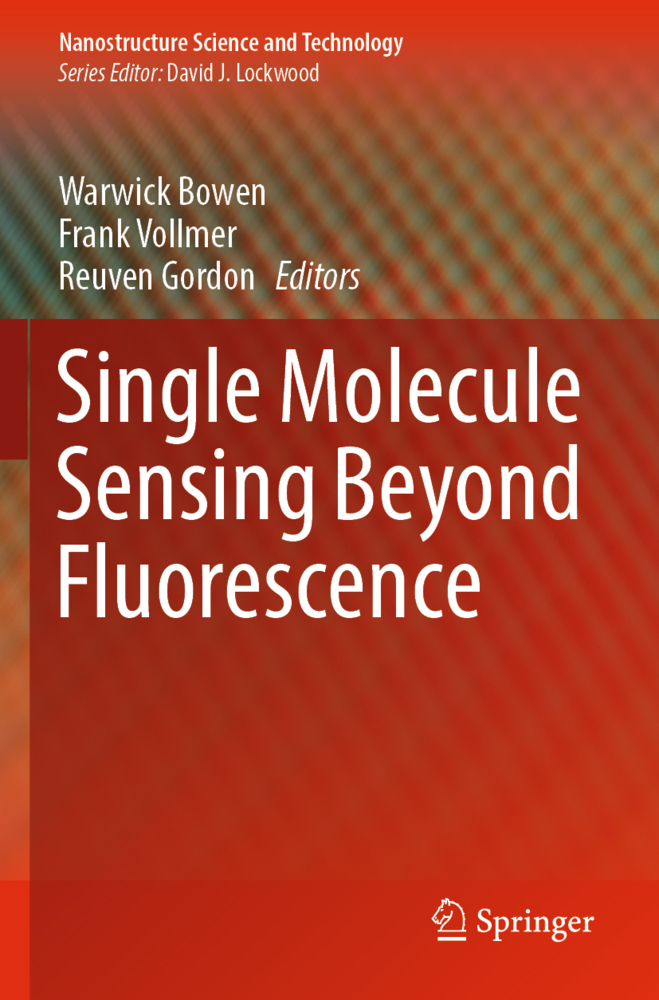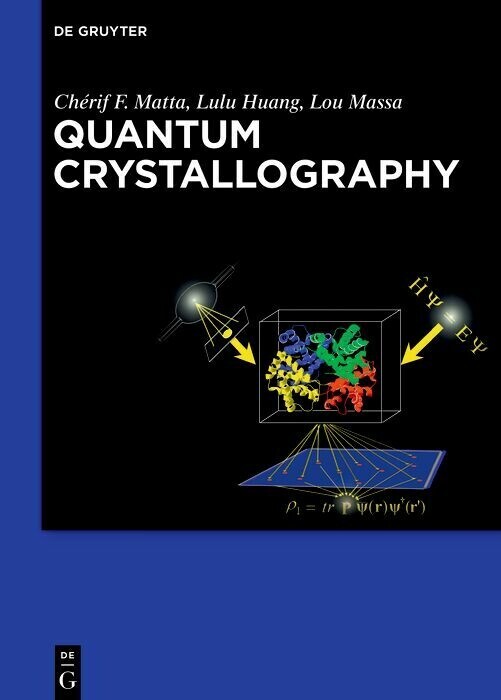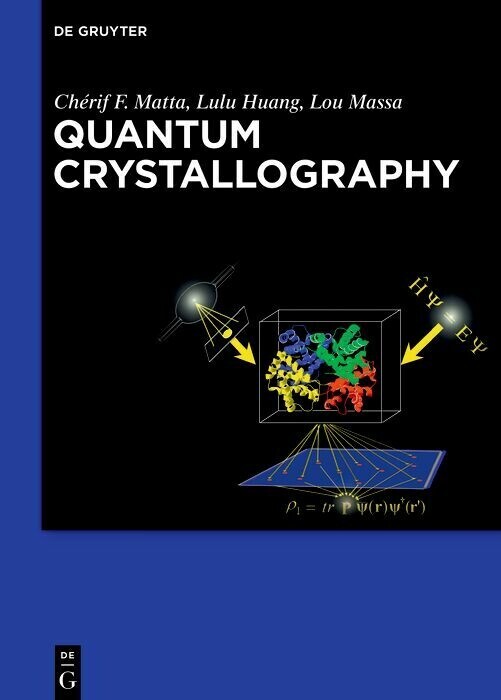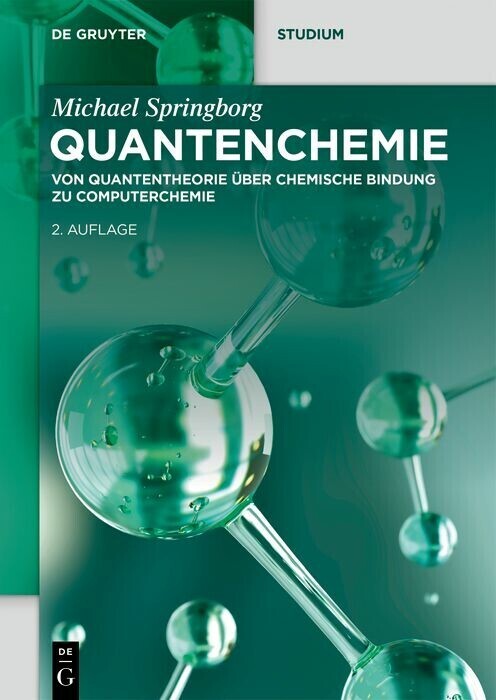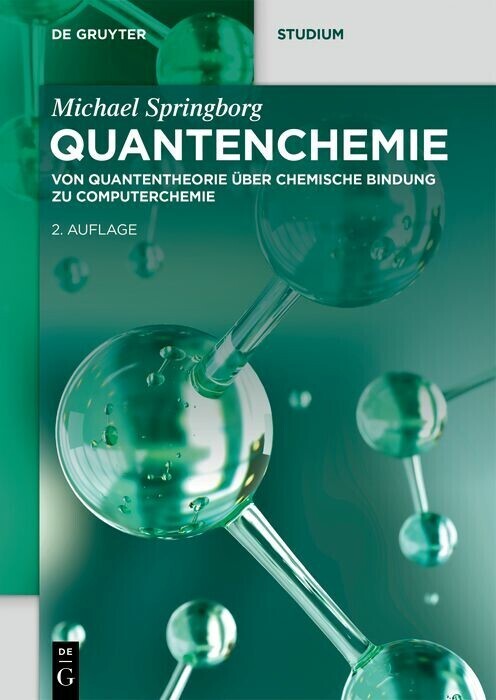Mössbauer Spectroscopy and Transition Metal Chemistry
- concentrates on teaching techniques using as much theory as needed.
- application of the techniques to many problems of materials characterization.
Mössbauer spectroscopy is a profound analytical method which has nevertheless continued to develop. The authors now present a state-of-the art book which consists of two parts. The first part details the fundamentals of Mössbauer spectroscopy and is based on a book published in 1978 in the Springer series 'Inorganic Chemistry Concepts' by P. Gütlich, R. Link and A.X. Trautwein.
The second part covers useful practical aspects of measurements, and the application of the techniques to many problems of materials characterization. The update includes the use of synchroton radiation and many instructive and illustrative examples in fields such as solid state chemistry, biology and physics, materials and the geosciences, as well as industrial applications. Special chapters on magnetic relaxation phenomena (S. Morup) and computation of hyperfine interaction parameters (F. Neese) are also included.
The book concentrates on teaching the technique using theory as much as needed and as little as possible. The reader will learn the fundamentals of the technique and how to apply it to many problems of materials characterization. Transition metal chemistry, studied on the basis of the most widely used Mössbauer isotopes, will be in the foreground.
Basic Physical Concepts Experimental Hyperfine Interactions Quantum Chemistry and Mössbauer Spectroscopy Magnetic Relaxation Phenomena Mössbauer-Active Transition-Metals Other than Iron Some Special Applications Nuclear Resonance Scattering Using Synchrotron Radiation Mössbauer Spectroscopy in the Time Domain)
Gütlich, Philipp
Bill, Eckhard
Trautwein, Alfred X.
| ISBN | 978-3-540-88427-9 |
|---|---|
| Artikelnummer | 9783540884279 |
| Medientyp | Buch |
| Copyrightjahr | 2011 |
| Verlag | Springer, Berlin |
| Umfang | XV, 569 Seiten |
| Abbildungen | XV, 569 p. |
| Sprache | Englisch |

